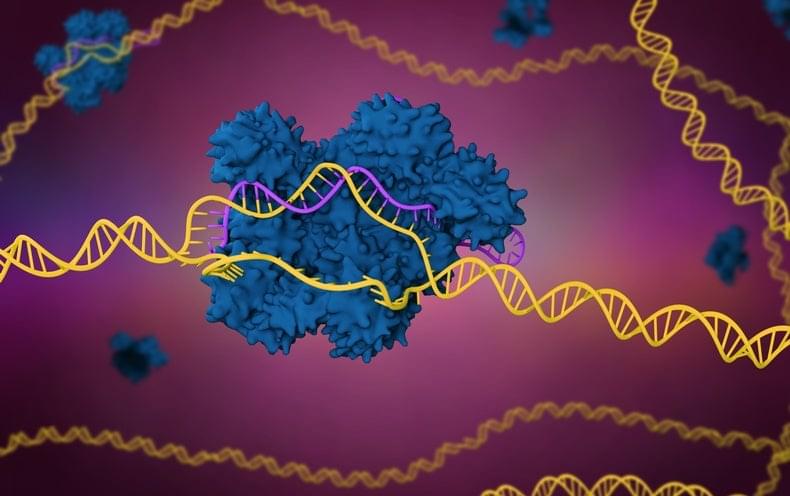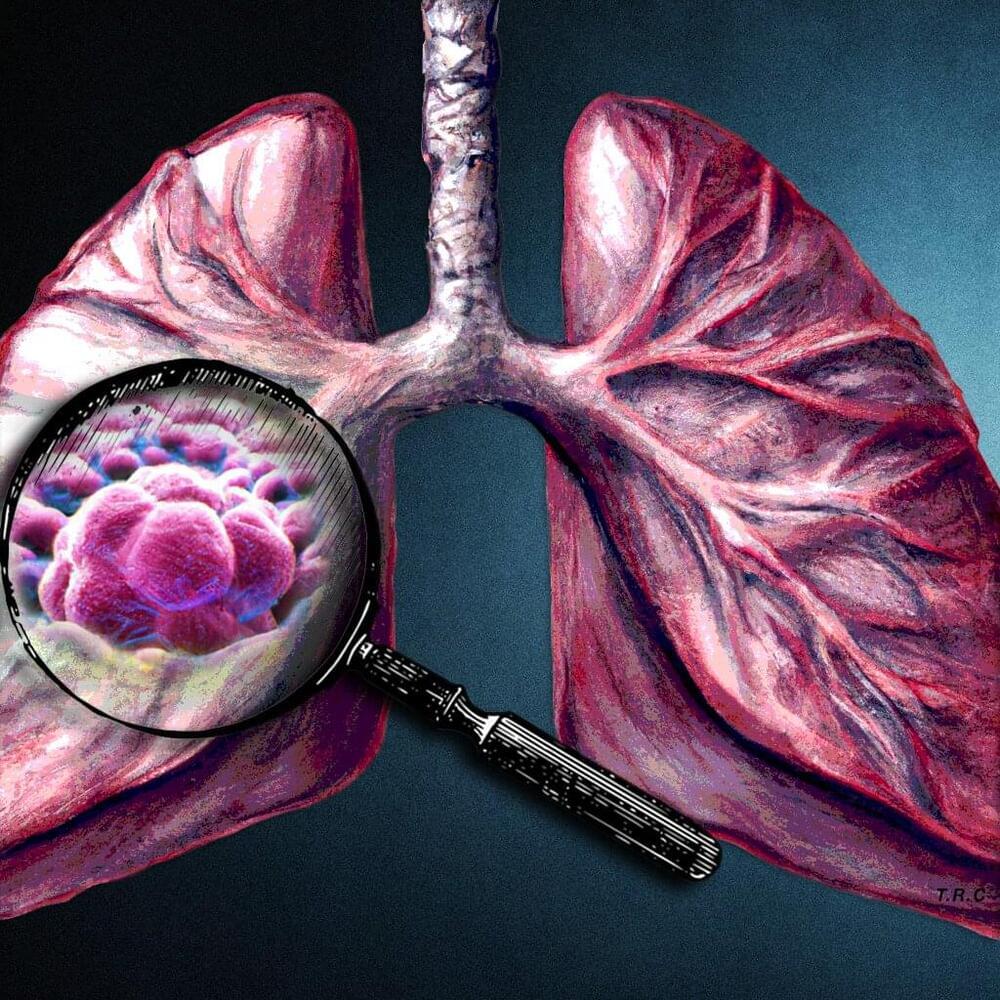
A team of researchers from Friedrich-Schiller-Universität Jena, Università di Torino and INFN sezione di Torino, has found evidence that the black hole collision that led to an odd gravitational wave detection in 2019 was due to a unique set of circumstances. In their paper published in the journal Nature Astronomy, the group describes modeling and simulating the conditions that could possibly lead to the unique gravitational wave signature.
The development of gravitational wave detectors has led to a better understanding of what happens when black holes collide. In most instances, the data has shown, they occur due to binary stars exploding and then slowly spiraling toward one another until they meet at a gravitational center and merge.
But then, on May 21, 2019, gravitational waves were detected from two black holes merging, but the data showed that neither of the black holes appeared to be spinning and the duration of the signal was shorter than all the others that have been detected. The odd signal left astrophysicists scratching their heads. Now, in this new effort, the researchers believe they have come up with a plausible explanation for the observation.









